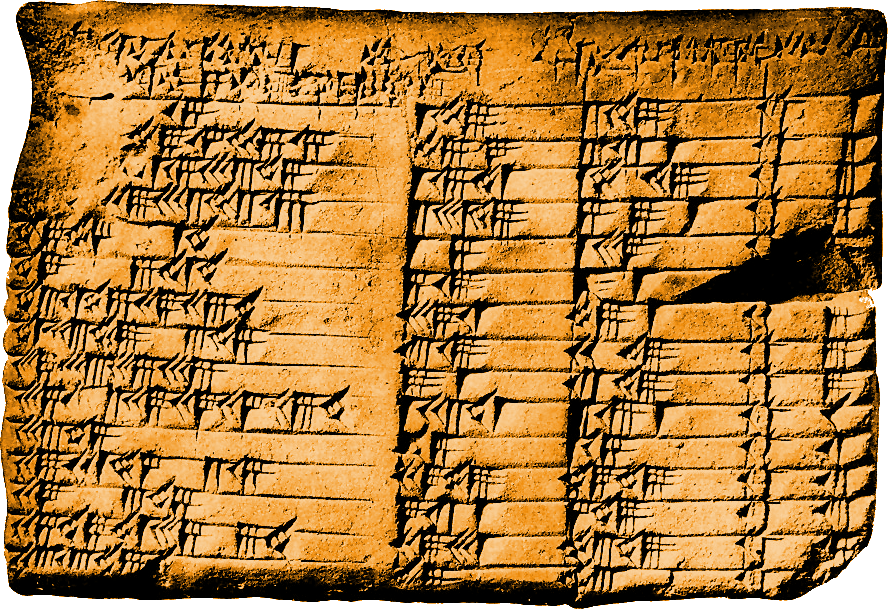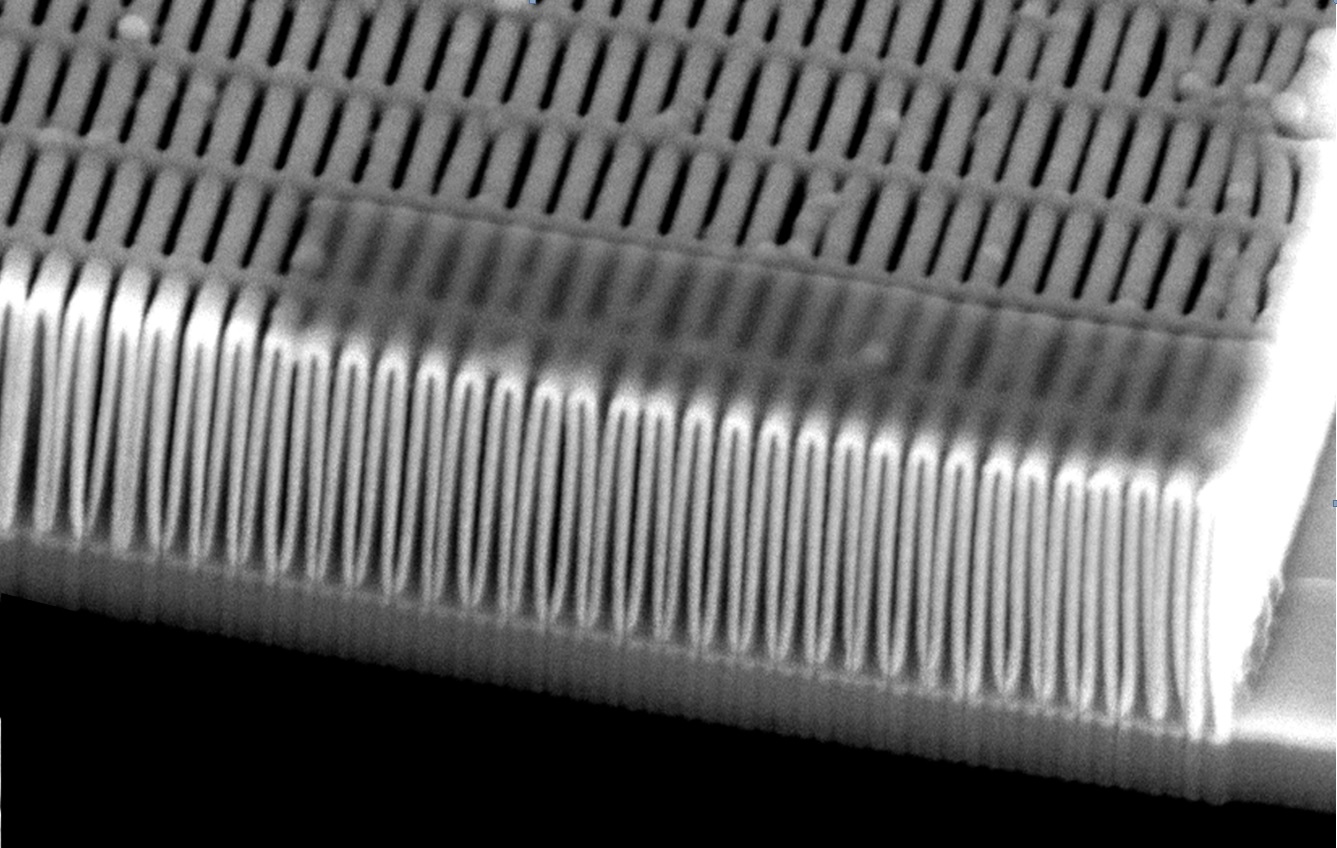I was, as usual, searching for any news about ALD and came across this press release from Liquid X. Funny that anything on atomic level can be regarded as disruptive these days - and yes I am proud of the headline, which originally red "ALD - More than 41 years of descriptiveness"
"Liquid X Printed Metals®, Inc. is a technology company headquartered in Pittsburgh, Pennsylvania that manufactures functional metallic inks. Liquid X® inks are considered disruptive in that their technology is on the atomic level. This provides processing advantages and achieves better metal film properties than other metallic inks that feature nanoparticles and metal flakes."
Liquid X Printed Metals® Introduces Particle-free Products
Formulated at the Atomic Level, Two Disruptive Metallic Ink Products are Thin, Robust, Adaptable and Cost-effective

PITTSBURGH - Liquid X Printed Metals ®, Inc., (Liquid X®), an advanced
material manufacturer of functional metallic inks, today introduced two
particle-free inks. The inks will enable manufacturers in the
electronics and other industries to produce thinner, more cost-effective
and adaptable electronic components that will drive innovation in
consumer electronics, and advanced and medical technology among other
industries.
The company's two inaugural products, Liquid X®'s Silver Inkjet Ink and
Silver Flexo Ink were developed using an original and proprietary
particle-free formulation that leads to more cost-effective and
trouble-free processing; more durable traces that withstand bending and
flexing; adherence to the full range of substrates; good conductivity;
excellent printability; and enhanced sustainability due to its
water-based composition.
"Liquid X® is introducing particle-free inks that eliminate problems
associated with other metallic inks that are made with less stable
nanoparticles or metal flakes, which are thicker and can cause clogging,
slowness and other problems in printing," said Greg Babe, President and
CEO of Liquid X®. "Our Silver Inkjet Ink and Silver Flexo Ink leverage
atomic-level technology, which represents the kind of powerful, robust
and adaptable innovation required to tap the fullest potential of
printed electronics."
Liquid X(®)'s molecular inks consist of novel metal complexes that are
printed as solutions that are used in the creation of films or traces
that exhibit high conductivity, are thin and precise, and allow for
low-temperature processing that enables adherence on a wide range of
substrates. And the low viscosity of the inks allow for use in printing
methods that include inkjet, aerosol jet, flexography, and gravure.
Liquid X(®)'s conductive inks are designed for applications that range
from transparent conductors and touchscreens, to photovoltaic,
industrial and automotive applications, and smart packaging.
Performance
Silver Inkjet Ink features viscosity at 6-9 cPs; Polar Protic Solvents;
thermal, photonic and infrared curing methods; adherence to all
substrates; and excellent stability when refrigerated. Film trace sheet
resistance for one layer is 0.5 - 1 ohms per square. Thickness for one
layer is 200-300 nm. Trace width is < 50 micrometers. (Adhesion,
tensile - ASTM D3359, 5B rating). (Adhesion shear - scrub resistant.)
[Gloss - ASTM D523 ISO 2813, At 60 degrees >70 Gloss Units (high
gloss)
Silver Flexo Ink features Flexo-Gravure deposition; viscosity at 110-140
cPs (1-50 RPM); 80-110 (60-100 RPM); ~25 sec #2 Zahn Cup; Polar Protic
Solvents; thermal, photonic and infrared curing methods; adherence to
all substrates; and excellent stability at room temperature or when
refrigerated. Film trace sheet resistance for one layer is 0.5 - 1 ohms
per square. Thickness is 1-3 microns. (dependent on anilox).
(Adhesion, tensile - ASTM D3359, 5B rating). (Adhesion shear - scrub
resistant.) [Gloss - ASTM D523 ISO 2813, At 60 degrees >70 Gloss
Units (high gloss)
In development is a product called Silver Stretchable Ink, which is
designed for stretchable substrates such as fabrics or elastomers.
Applications for Silver Stretchable Ink include wearables, soft robotics
and other customized applications.
About Liquid X
Liquid X Printed Metals®, Inc. is a technology company headquartered
Pittsburgh, Pennsylvania that manufactures functional metallic inks. The
company's inks are considered disruptive in that their technology is on
the atomic level. This provides processing advantages and achieves
better metal film properties than other metallic inks that feature
nanoparticles and metal flakes which create instabilities. Visit:
www.liquid-x.com.



%20(1).png)

















